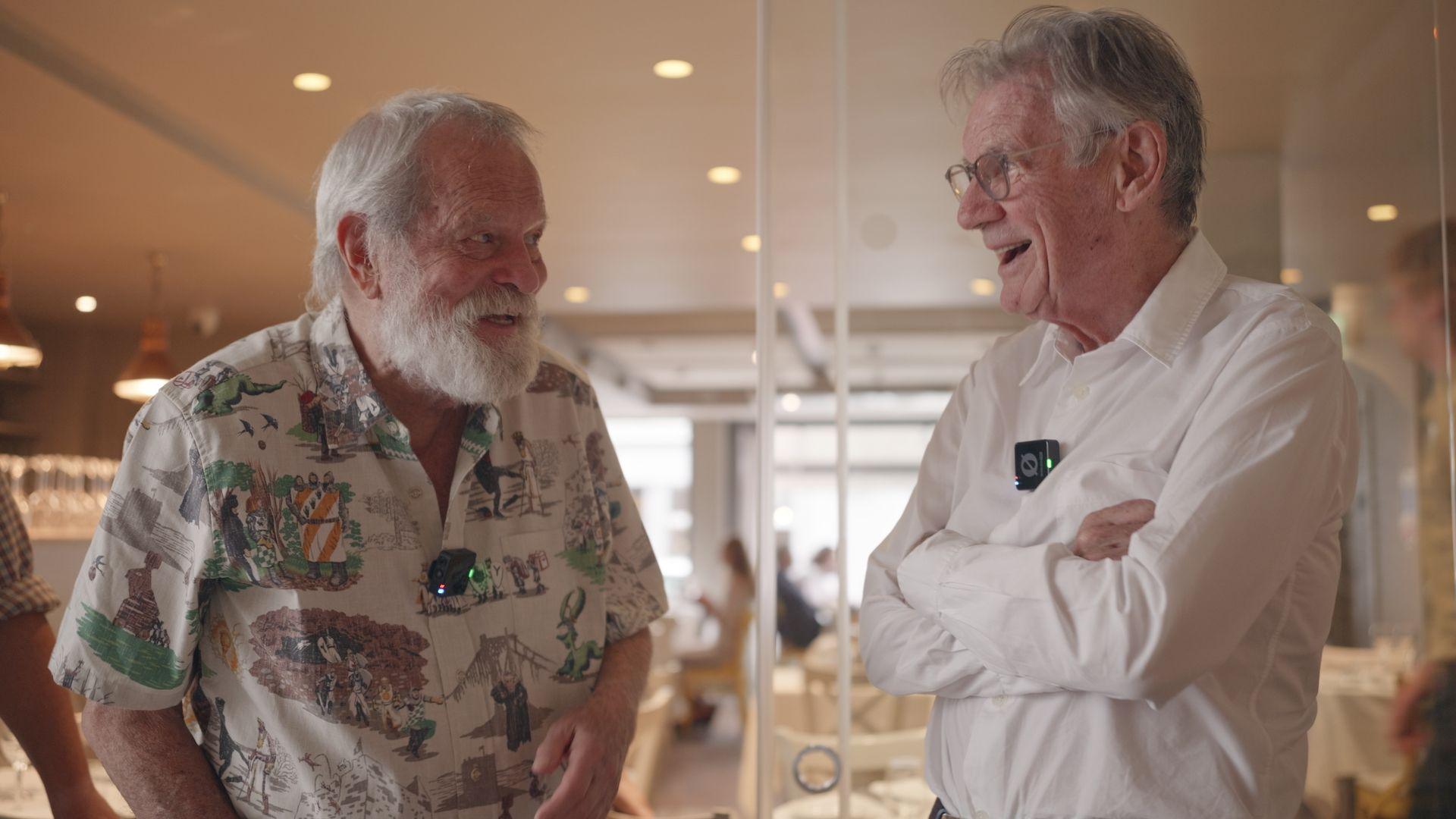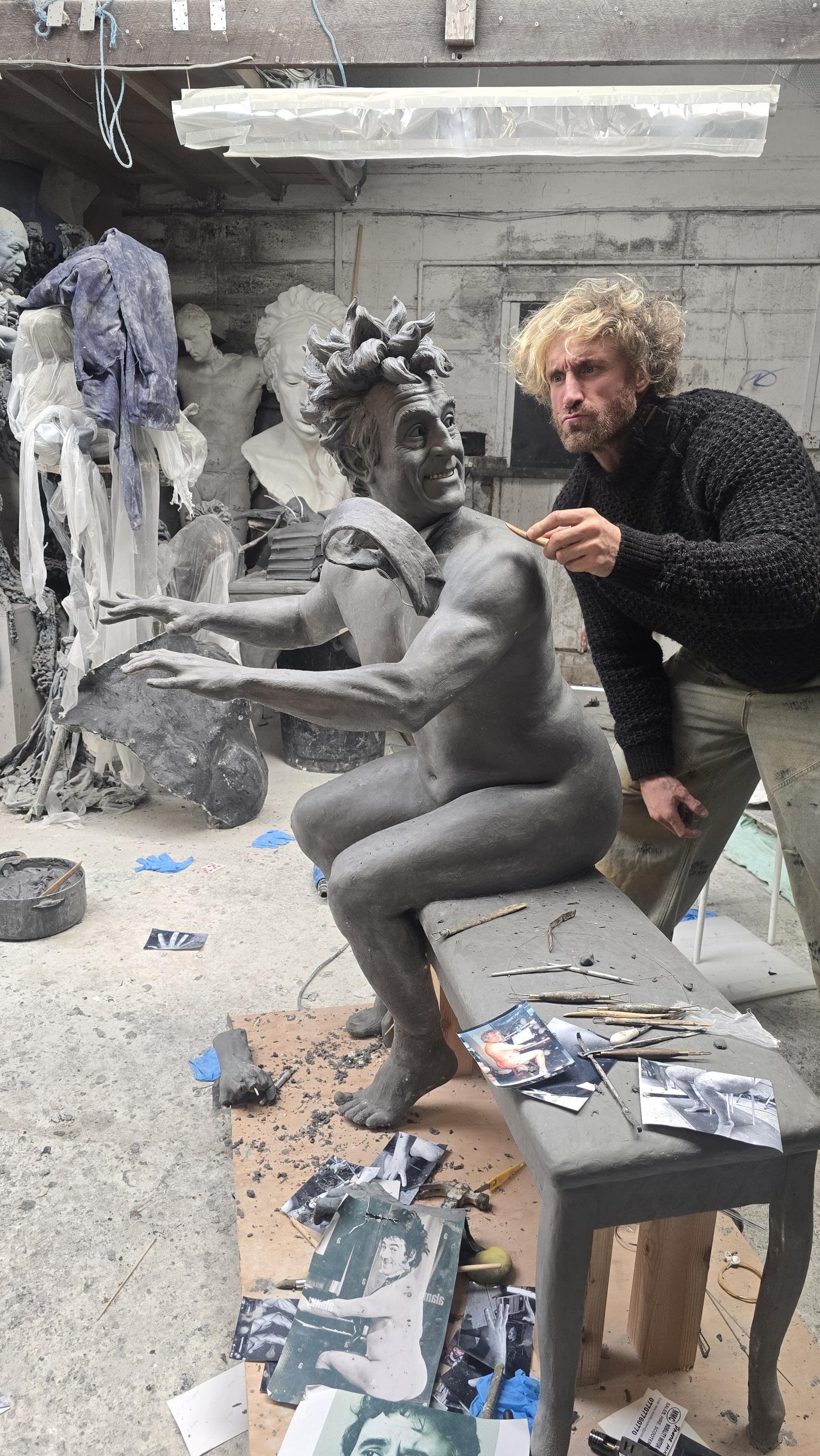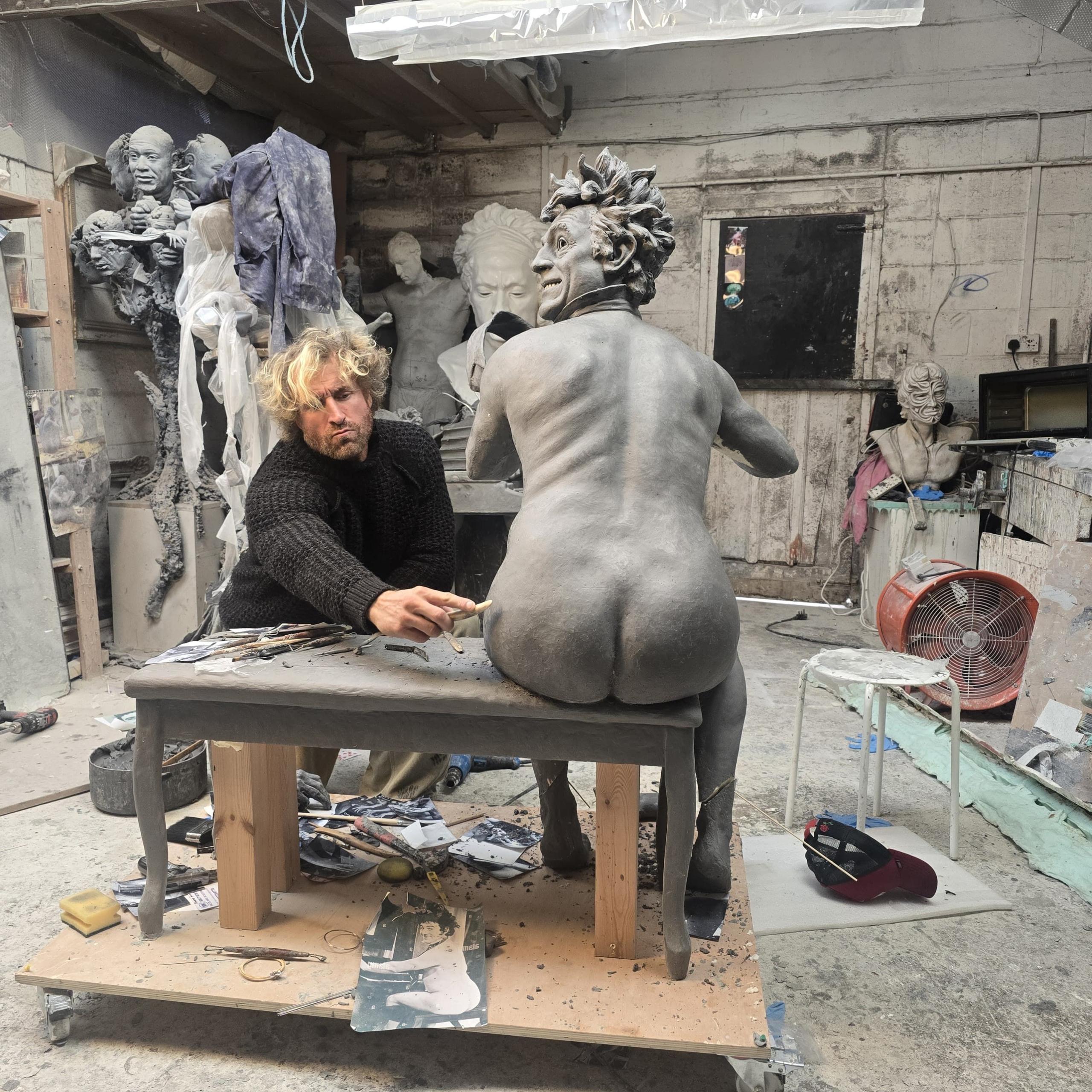Nude organist statue of Monty Python's Terry Jones to grin and bare it
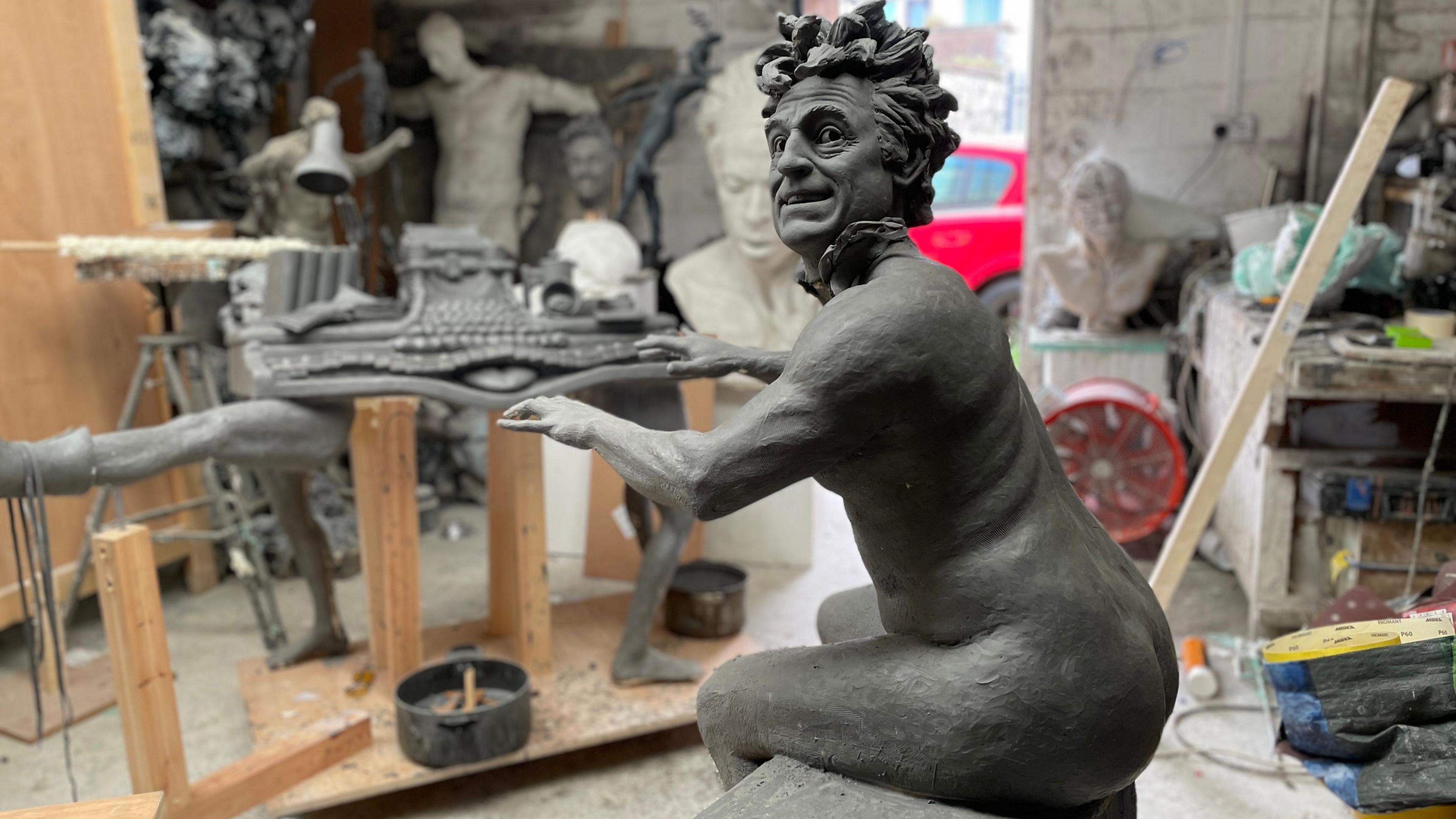
The statue presents Terry as the organist, nude apart from a flapping tie and 'exploded' hair, grinning as he strikes the classic pose.
- Published
A statue of Terry Jones, celebrating him as the Nude Organist from Monty Python's Flying Circus, will be unveiled on the seafront of his home town of Colwyn Bay next year.
The comic actor and writer, 77, died from a rare form of dementia in 2020 and his family said there had been no shortage of ideas to pay tribute.
What would become a recurring character of Jones as the nude organist first appeared in a Python episode in 1972.
A Python On The Prom, which will be unveiled next April, was conceived by the sculptor Nick Elphick, after consultation with Pythons Michael Palin and Terry Gilliam, the Jones family and local groups.
Comedy fans from across the world raised £120,000 in six months.
'Wonderfully generous bottom'
The designs for the statue have been shared for the first time.
Michael Palin, Jones's lifelong friend, said: "Terry always insisted on doing his own stunts, and I think that sitting stark naked (apart from a tie) on Colwyn Bay promenade, in all weathers, is the ultimate tribute to the lengths he was always prepared to go to for comedy.
"I hope his wonderfully generous bottom will become an emblem of the town he loved so much."
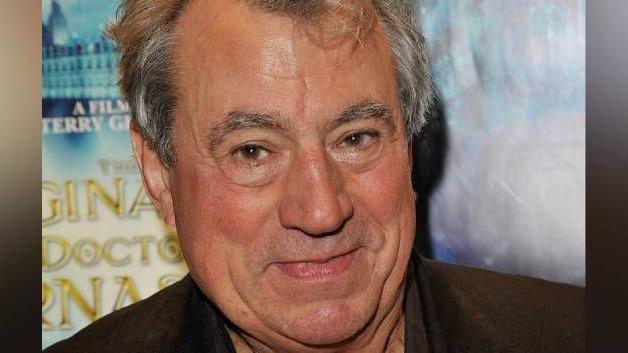
Jones's family say his approach to life and comedy was 'non-conformist'
Jones's daughter, Sally, said: "Once we decided the best way to remember him was in character, it was so obvious that it had to be the Nude Organist.
"Dad's approach to comedy and life in general was non-conformist and convention-defying; and the Nude Organist is perfect, as it was such a shock in those early days of television."
Sally says that when Python burst on the scene, in the late 1960s, "they played with the structure of comedy, defying the convention of gag and punchline".
Graham Chapman would dress as a field marshal and declare sketches "too silly" to continue, while her father - naked and blowing up a Hammond organ in a remote field - "symbolises what made Python so special, captivating and new."
Monty Python star was 'always a Welshman at heart'
- Published22 January 2020
Monty Python statue appeal reaches £120,000 target
- Published14 February
In sculpting the organ, Elphick takes artistic licence and morphs the instrument with Jones's writing desk, bringing to life aspects of his multi-faceted career and to reflect his interests beyond Python.
- Image source, Nick Elphick
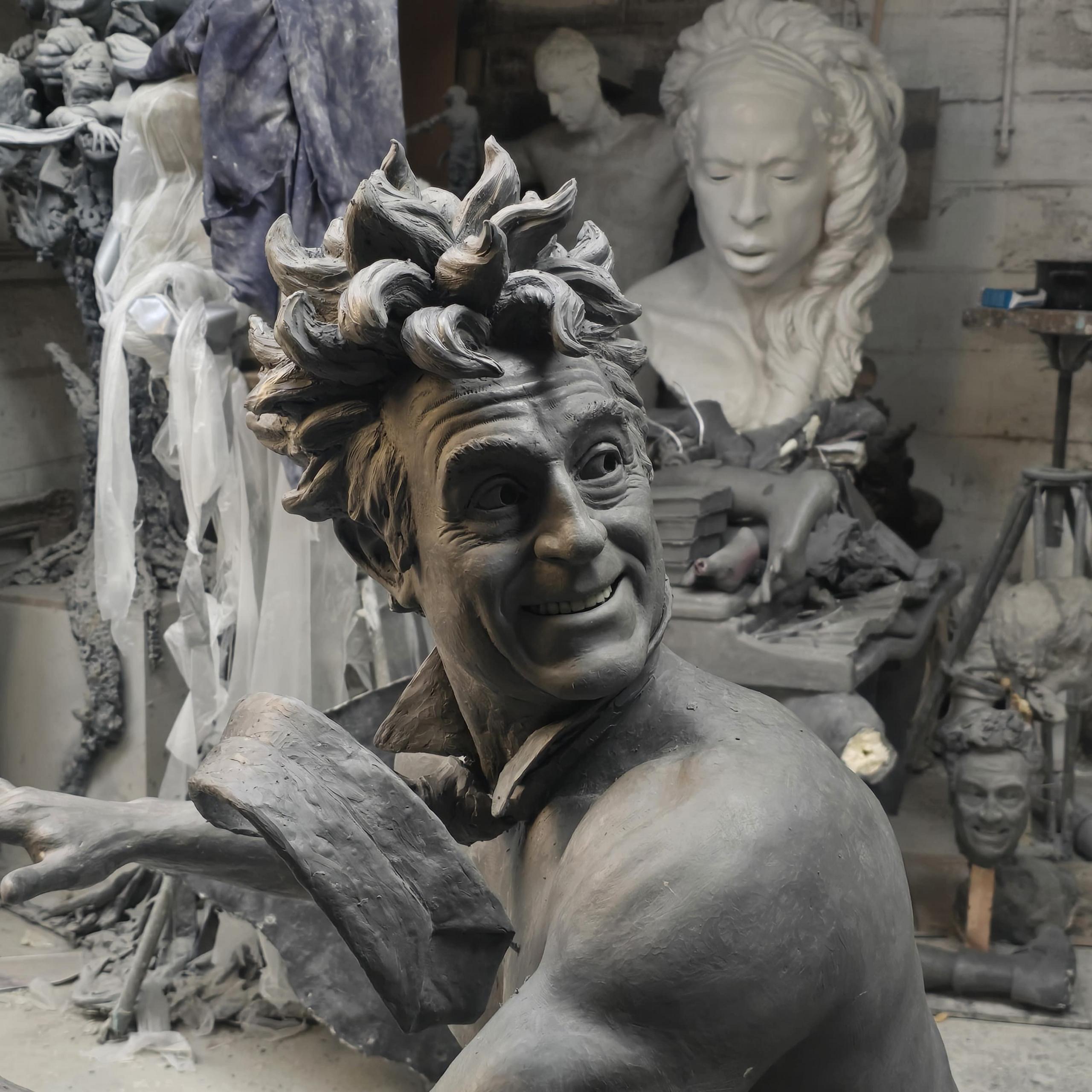
1 of 4
Palin and Gilliam met with Elphick to get a preview of the design and to help with insights into Jones's life and work.
The sculptor also met with Jones's daughter and they went through his personal archive for handwritten notes, drawings and scraps of his writings to include in the tribute.
Elphick said: "I have put my heart and soul into this, every waking minute. I feel all of the different elements in this statue will explain and express everything about Terry, in so many different ways."
Throughout the next few months he will oversee the casting process before finally immortalising the late actor in bronze.
Jones spent the first five years of his life in Colwyn Bay, before his family moved to Surrey. But he was always proud of his roots, became a patron Theatr Colwyn and supporter of the arts in north Wales.
Dilwyn Price, chair of Conwy Arts Trust, said: "It has been a real privilege to be involved in such an exciting and fulfilling arts project - one that will be a lasting testament to celebrate the huge impact of a proud Welsh actor, comedian, entertainer and educator."
Other former colleagues have added their backing.
Sanjeev Bhaskar, who worked with Jones on his final film Absolutely Anything, said:
"Since Terry never won 'Rear of the Year' I think his posterior preserved for posterity in Colwyn Bay seems right. I'm absolutely behind it."
Related topics
More top stories
- Published30 October
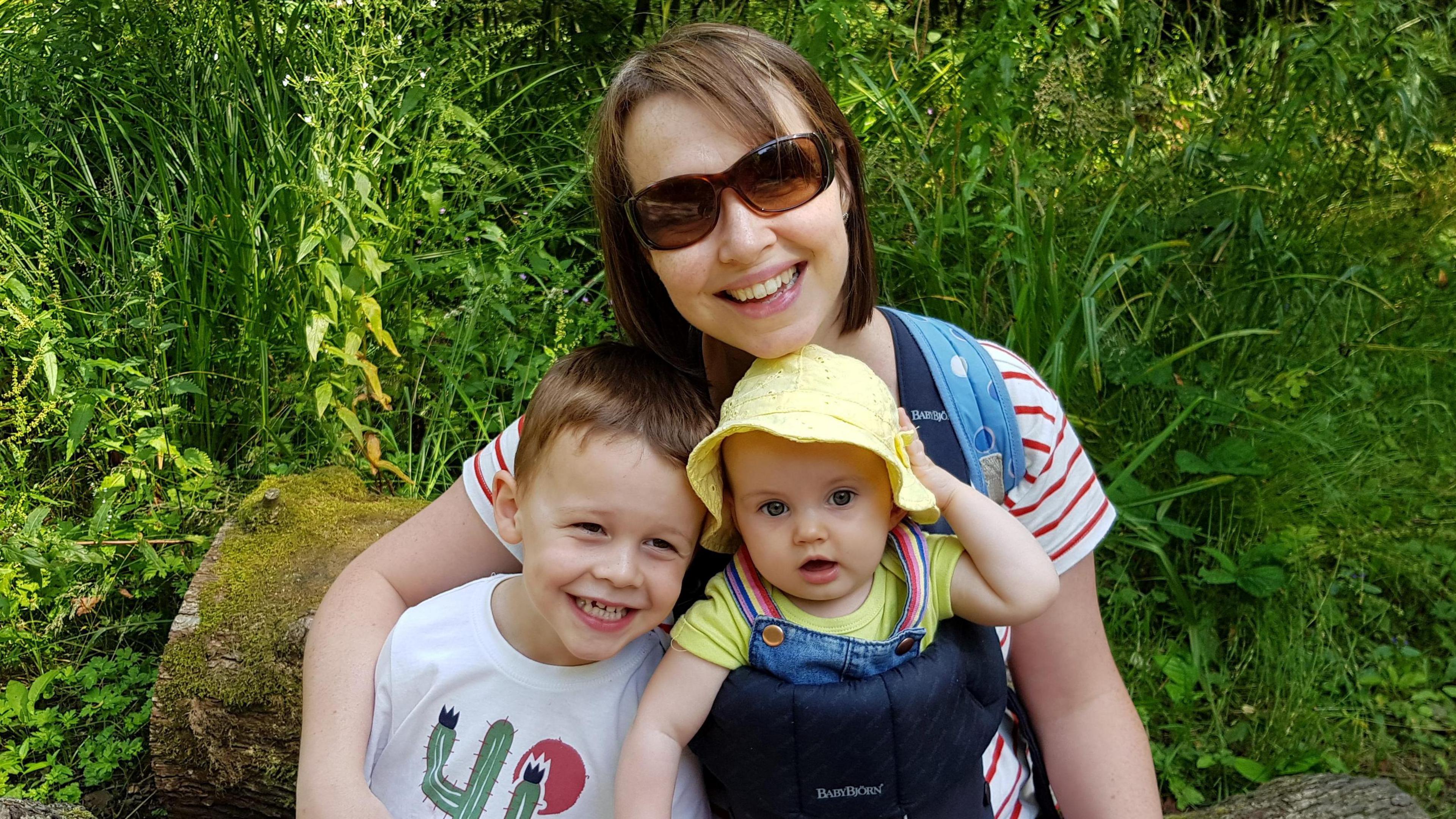
- Published30 October
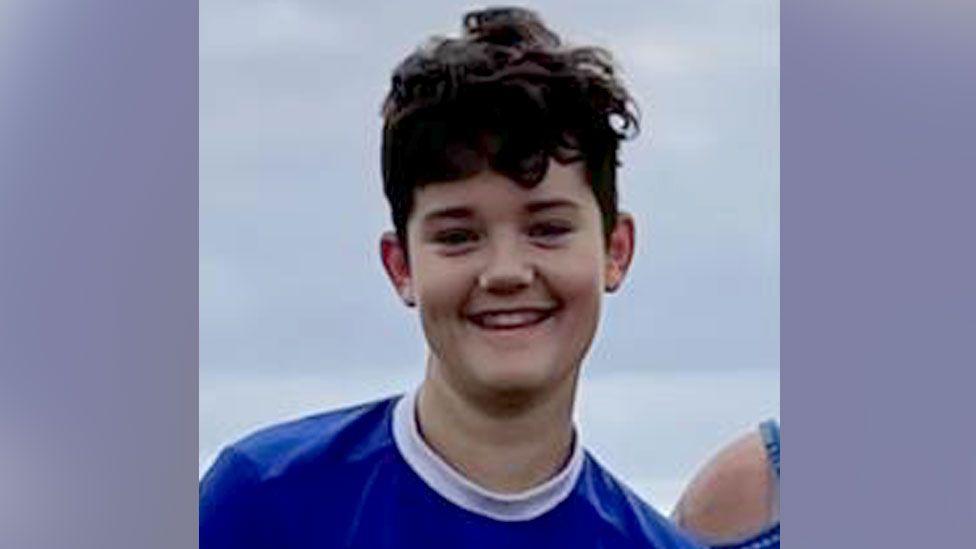
- Published29 October

